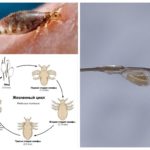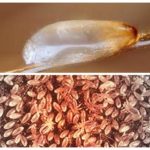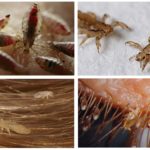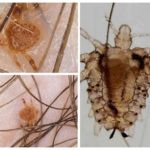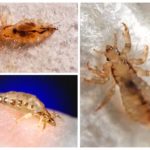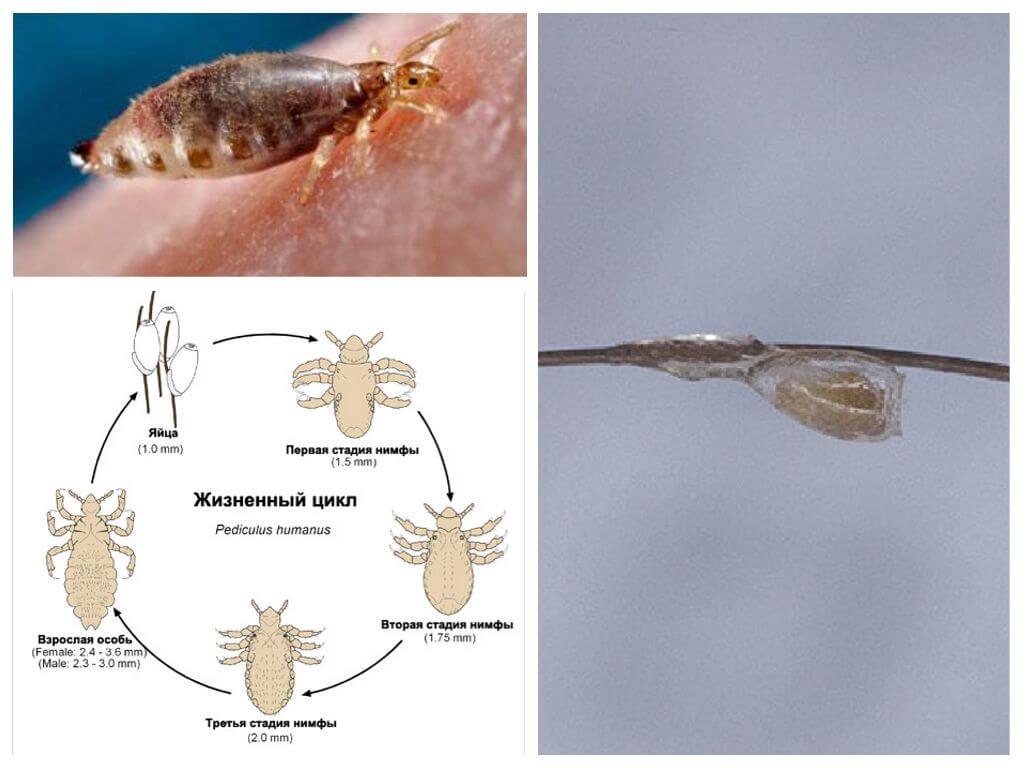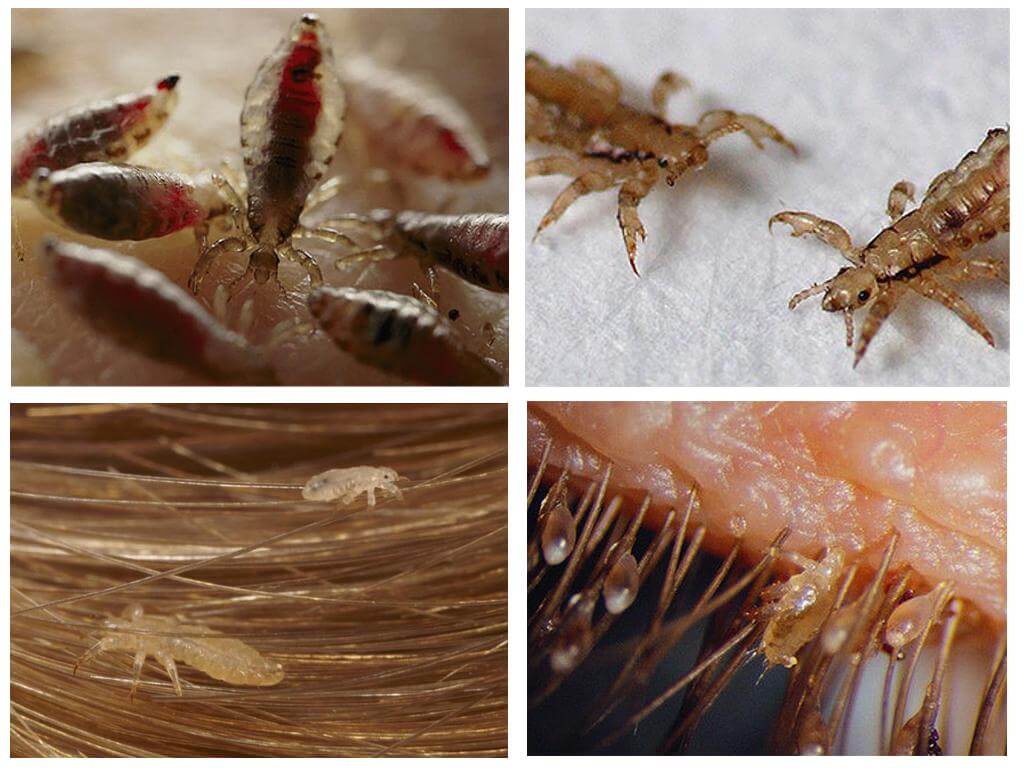How quickly lice multiply
Content
- Lice and nits
- Nits
- Head lice
- Pubic lice
- Linen lice
Pediculosis - parasitic disease that affects the speed of development, the scale of infection. The source of the disease is louse. Insect parasitizes exclusively on a person, the whole life cycle passes on the body. In nature, there are several human lice - head, clothes, pubic.
Development of pediculosis
A person becomes infected with parasites through close contact with the patient, his things.At first, the insect doesn’t show itself because the itching from lice bites appears after a while.
Interesting!
Irritation of the skin is not the bite itself, but the parasite's saliva. In order for an allergic reaction to occur, a certain amount of allergen must accumulate. This usually occurs within 5 days.
The first thing a female does on a man’s head is to lay eggs. The life cycle of the development of head lice and nits is 16 days. After exiting the egg, the larvae immediately begin to parasitize. They are fed every 2 hours. Itching begins, pediculosis becomes pronounced. Adult female eats every 4 hours. To get enough, she has enough minimum amount of blood. Nutrition is necessary to replenish vitality, reproduction of offspring.
Reproduce after infection rapidly. Daily the female lays about 4 eggs. Incubation period does not differ in duration, therefore within 1 month a large population of parasites appears on the human head. The patient becomes pediculosis peddler, his whole life turns into a nightmare. Lice are transmitted with a hug, close contact with the head of another person.
Egg cycle
Lice refers to insects with incomplete transformation. In her life, there is no larval stage, which is distinguished by its appearance and feeding habits.
Patients are always interested in the question of how many eggs one louse lays, since infection occurs very quickly. An adult individual begins to produce offspring several hours after mating. Daily appears from 2 to 4 eggs.
Lice breeding is a fun process. Male seminal fluid fertilizes all the eggs of the female. One mating is enough for the female to lay its eggs short life. The female no longer needs a partner to continuously produce offspring - which is why females lay so many eggs.
Lice attach eggs - nits at the base of the roots of the hair. At a distance of 1 cm by the location of the nits in the thread you can determine how long the eggs were laid. Initially, sticky mucus comes out of the genitals of the louse, followed by an egg. The substance hardens, provides reliable fixation nits. It can not be removed when combing with a normal comb, rinse with shampoo and other hair care products, which is very distinguishes nits from dandruff.
Interesting!
The shell of the nits is so dense that it does not miss any insecticide. The larva develops safely after a “heavy attack”. The only method of dealing with the larvae in the shell - combing nits. For these purposes, use a comb with fine pitch or special comb against lice.
The rapid stage of development of the larvae
In an egg, an insect develops about 8 days. Formed individual gnaws the shell, but can not get out. Begins to actively breathe air, release through the rear opening. At the bottom of the egg carbon dioxide accumulates, which pushes the larva out. Lice appear a new generation - nymphs.
Interesting!
The larva in appearance is no different from imago. Gives her the recent appearance of the light body size.
No less curious how quickly lice on the head multiply. Immediately after leaving the egg, the larva begins feeding. Every day the body grows in size. Chitin shell remains unchanged. To get rid of him, the nymph just drops it. After a few hours, the upper shell of the body hardens. The young individual again takes on its former appearance, but is distinguished by its large size.
In total, the larva passes 3 molts.Development with transformation lasts 8 days. At the last stage, the nymph forms genitals. Insect turns into an adult - imago. New parasites immediately begin to mate.
Stage of development of lice:
- nit - about 8 days;
- larva before molting - 3 days;
- 1st generation nymph - 2 days;
- 2nd generation nymph - 3 days.
The timing of development and reproduction of lice depend on the availability of a power source, temperatures. Under adverse conditions, the process is extended to 20-30 days.
Adult lice life
Imago lives 30-42 days. For all his life lays about 140 eggs. The short lifespan of lice is due to the constant availability of food, comfortable temperature conditions.
Lice never go hungry, there is always an opportunity to drink blood. Do not waste time searching for a partner. One pairing is enough to reproduce offspring for life. Comfortable temperature for existence and development is within 31 ° C. On the head of a person, the range is always maintained at any time of the year.
The reproduction period for lice is corrected if the louse crawls on another person’s head or is on a pillow or headgear for some time.Outside the human head, the insect can live for 3 days.
Head louse not able to parasitize on other parts of the body, infect animals. Pediculosis transmits only lousy people, his hats, combs. The development of lice and nits occurs unnoticed by humans. Gives out their existence on the head constant itching, which increases in the evening. To breed, to give offspring is capable of a strong male who dies a week after mating.
Interesting!
In ancient times, the appearance of lice was considered an infection. It was assumed that the parasites developed for a long time under the skin, and when exposed to favorable factors, they crawled out. This explains the rapid reproduction of lice.
Other human lice
In addition to the head louse there is a wardrobe or clothing, pubic. The latter was called ploschitsa.
- Pubic louse different from the head appearance - more like a small crab. Parasitic pubic. With a strong infection, the plower is found in the armpits, on the eyebrows, on eyelashes. The hair on the head does not fit the structure. Infection occurs during sex, through contact with towels, personal items.Parasites multiply rapidly. During the day, the female lays about 7 eggs. Pubic pediculosis manifests itself within 2 weeks.
- Cootie practically does not differ from the head. Repeats the entire life cycle, especially reproduction. The only difference is the habitat - the person's personal belongings, bedding. Parasitic on the body, except the pubis, head. Without food, it can live for about 5 days.
How lice multiply, has been known for a long time. Well studied where do parasites come from. all ways of infection. Get rid of lice possible for 1-2 procedures. Pediculicidal preparations You can buy in a pharmacy or use folk remedies. At risk are children, dysfunctional families, persons without a certain place of residence. If left untreated, an infection gets into the wounds from bites, and complications develop.

